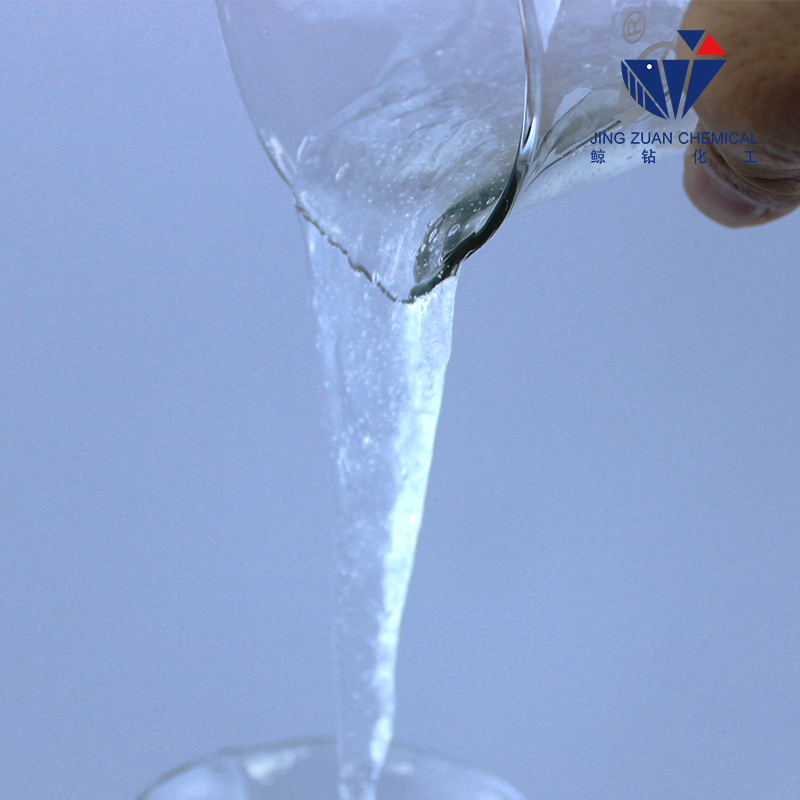
Dec . 04, 2024 20:30 Back to list
Hydroxyethyl Cellulose Powder Applications and Benefits in Various Industries
Hydroxyethyl Cellulose Powder A Versatile Polymer with Diverse Applications
Hydroxyethyl cellulose (HEC) is a non-ionic, water-soluble polymer derived from cellulose, which is one of the most abundant biopolymers available in nature. HEC is produced by the reaction of ethylene oxide with cellulose, resulting in a compound that possesses both hydrophilic and hydrophobic characteristics. This unique combination of properties allows hydroxyethyl cellulose powder to be employed across a variety of industries, including pharmaceuticals, cosmetics, and construction, making it an incredibly versatile compound.
One of the most notable attributes of hydroxyethyl cellulose powder is its ability to function as a thickening agent. In the cosmetic and personal care industry, HEC is widely utilized in products such as lotions, creams, shampoos, and conditioners. Its thickening ability not only enhances the texture and viscosity of these formulations, but it also provides a desirable consistency that consumers appreciate. Additionally, hydroxyethyl cellulose can improve the stability and shelf-life of cosmetic products by aiding in emulsification, which helps to maintain the uniformity of oil and water phases in a formulation.
In pharmaceuticals, hydroxyethyl cellulose plays a crucial role as a binder in tablets and as a thickening agent in liquid formulations. Its biocompatibility and low toxicity make it an ideal choice for drug delivery systems. HEC can enhance the dissolution and bioavailability of poorly soluble drugs, allowing for more effective therapeutic outcomes. Moreover, due to its rheological properties, hydroxyethyl cellulose can control the release rate of active ingredients, providing sustained release formulations that are particularly beneficial in controlling chronic conditions.
hydroxyethyl cellulose powder

The construction industry also makes extensive use of hydroxyethyl cellulose powder, primarily as an additive in cement-based formulations. HEC improves the workability of plaster, tile adhesives, and joint compounds, allowing for smoother application and increased adhesion. This polymer enhances water retention, which is critical during the curing process of concrete and other cementitious materials. By maintaining moisture levels, hydroxyethyl cellulose helps to prevent cracking and shrinkage, leading to stronger and more durable constructions. Furthermore, its ability to modify the flow properties of these materials facilitates better control over their application on various surfaces.
In addition to its application as a thickening agent and binder, hydroxyethyl cellulose powder is recognized for its film-forming ability. When used in various formulations, HEC can create a flexible and transparent film that offers protective barriers. In agriculture, this property is particularly valuable for the development of controlled-release fertilizers and pesticides, which can be encapsulated in a hydroxyethyl cellulose matrix for gradual release. This not only improves the efficiency of the agricultural inputs but also helps to minimize environmental impacts by reducing runoff and leaching.
The sustainability aspect of hydroxyethyl cellulose powder is another point of interest. As it is derived from cellulose, a renewable resource, HEC represents an eco-friendly alternative to many synthetic polymers. The increasing demand for sustainable products has prompted researchers to explore new applications of hydroxyethyl cellulose in biodegradable materials and bioplastics. These developments are essential in addressing the environmental challenges posed by plastic waste in our modern world.
In conclusion, hydroxyethyl cellulose powder is a remarkable and versatile polymer that finds application in numerous fields due to its unique properties. From its role in enhancing the texture of cosmetics to improving drug formulations and construction materials, HEC stands out as a multifunctional ingredient. Moreover, its sustainable nature makes it a favorable option in the face of growing environmental concerns. As research and technology continue to evolve, the potential uses of hydroxyethyl cellulose are likely to expand even further, affirming its place as a valuable component in both existing and emerging products. Whether in everyday consumer goods or advanced industrial applications, hydroxyethyl cellulose powder is indeed a bright star in the realm of polymers.
-
tile-bonding-additives-for-stronger-bonds
NewsAug.22,2025
-
construction-grade-rdp-for-wholesale-needs
NewsAug.22,2025
-
trusted-wholesale-hec-partners
NewsAug.22,2025
-
hec-solutions-for-industrial-excellence
NewsAug.22,2025
-
construction-additives-need-hpmc-essentials
NewsAug.22,2025
-
hpmc-versatile-cellulose-ether-for-industries
NewsAug.22,2025







